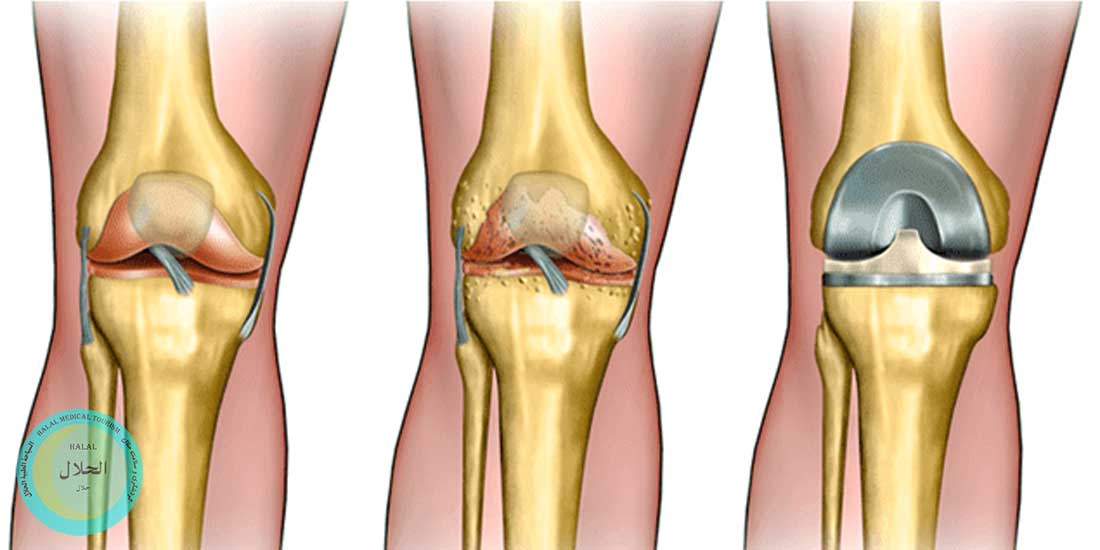Knee Replacement Surgery

Knee replacement, also known as knee arthroplasty, is a surgical procedure where a damaged or diseased knee joint is replaced with an artificial joint or prosthesis. Similar to hip replacement surgery, knee replacement aims to relieve pain and improve function in individuals with severe knee arthritis or other conditions that cause significant knee joint damage.
The knee joint is made up of the femur (thigh bone), tibia (shin bone), and patella (knee cap). In knee replacement surgery, the damaged surfaces of these bones are removed and replaced with metal and plastic components that replicate the natural knee joint. The artificial components typically consist of metal alloys, high-grade plastics, and sometimes ceramics, designed to withstand the forces and stresses of everyday movement.
Knee replacement surgery is considered when other treatments, such as medication, physical therapy, or lifestyle modifications, have failed to provide sufficient relief from knee pain and mobility issues. It can significantly improve the quality of life for individuals suffering from severe knee pain, stiffness, and limitations in daily activities.
Recovery from knee replacement surgery involves a period of rehabilitation and physical therapy to regain strength, range of motion, and function in the knee joint. Patients are encouraged to gradually increase their activity levels and follow post-operative instructions to promote healing and reduce the risk of complications.
Complications associated with knee replacement surgery can include infection, blood clots, implant loosening, stiffness, and nerve or blood vessel damage. However, these complications are relatively rare, and the vast majority of patients experience significant pain relief and improved function following knee replacement.